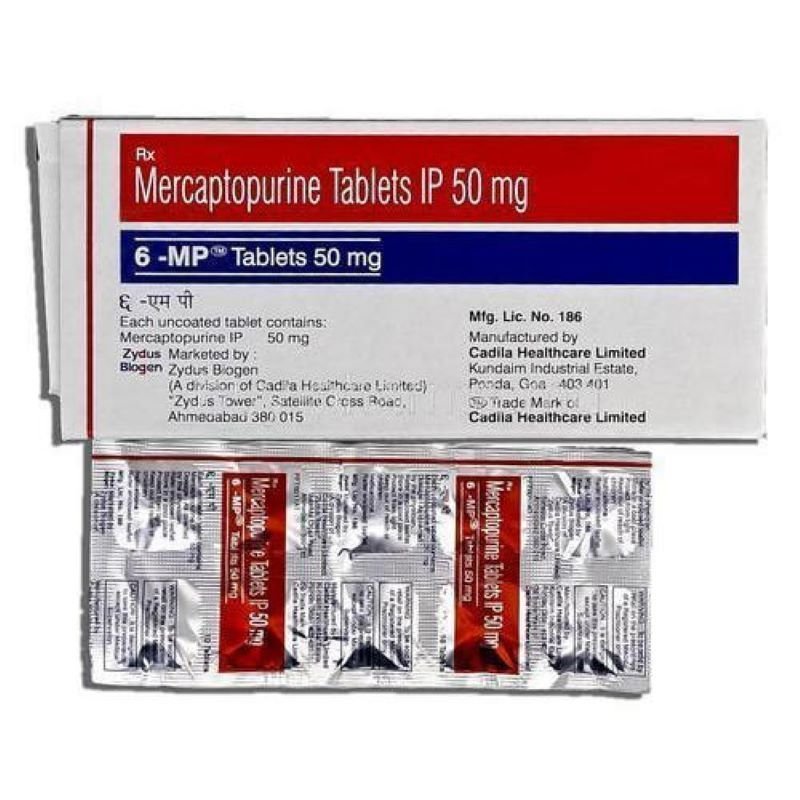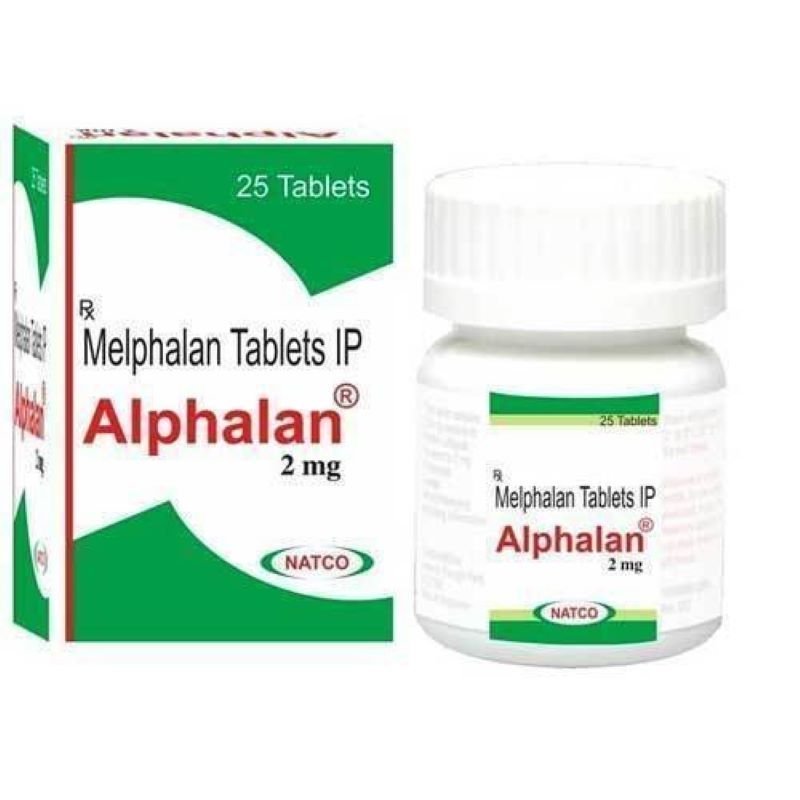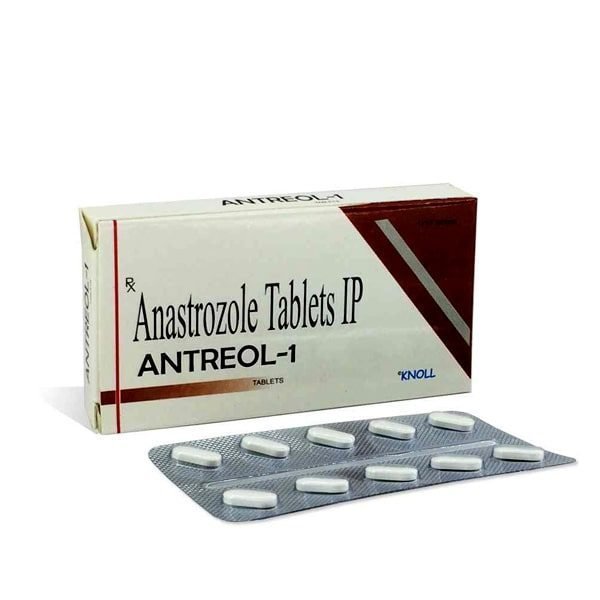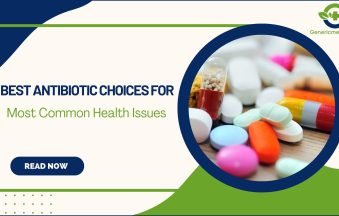5 Ways to Make Life-Saving Drugs More Accessible
Imagine a world where life-saving medications are within reach for everyone, regardless of their economic status or geographical location. Unfortunately, that’s not the reality we live in today. Millions of people worldwide struggle to access essential drugs, often facing dire consequences as a result. But what if we could change that?
In this post, we’ll explore 5 powerful ways to make life-saving drugs more accessible to those who need them most. From policy changes to technological innovations, these strategies have the potential to revolutionize healthcare and save countless lives. 🌍💊 Whether you’re a healthcare professional, policy maker, or simply someone who cares about global health, you’ll find valuable insights on how we can work together to bridge the gap in drug accessibility.
Are you ready to discover how we can make a difference? Let’s dive into the five key approaches that could transform the landscape of drug accessibility and create a healthier, more equitable world for all.
Advocate for Policy Changes
Push for government price controls
Government price controls are a crucial step in making life-saving drugs more accessible. By implementing these controls, policymakers can effectively limit the cost of essential medications, ensuring they remain within reach for those who need them most. Here are key ways to advocate for government price controls:
- Engage with local representatives to highlight the importance of affordable medicine
- Support grassroots campaigns that focus on healthcare policy reform
- Share personal stories demonstrating the impact of high drug prices on individuals and families
Support compulsory licensing for essential medicines
Compulsory licensing allows governments to permit the production of patented drugs without the consent of the patent holder. This approach can significantly increase the availability of affordable generic versions of life-saving medications. To support compulsory licensing:
- Educate the public on the benefits of compulsory licensing for drug accessibility
- Collaborate with NGOs and advocacy groups to push for compulsory licensing legislation
- Highlight successful cases where compulsory licensing has improved access to essential medicines
Encourage international trade agreements that prioritize access
International trade agreements play a vital role in shaping global pharmaceutical markets. Advocating for agreements that prioritize access to life-saving drugs can have far-reaching effects on drug affordability worldwide. Key actions include:
- Lobby for the inclusion of access-friendly provisions in trade negotiations
- Support transparency in trade talks related to pharmaceutical products
- Promote partnerships between developed and developing nations to enhance drug accessibility
By focusing on these policy changes, we can create a more equitable healthcare system that ensures life-saving drugs are accessible to all who need them. Next, we’ll explore how promoting generic drug development can further improve drug affordability and accessibility.
Promote Generic Drug Development
A. Invest in research for alternative formulations
Investing in research for alternative formulations is crucial for promoting generic drug development. This approach can lead to more affordable and accessible life-saving medications. Here are key strategies to consider:
- Allocate funding for academic institutions and research centers
- Encourage public-private partnerships to drive innovation
- Focus on developing bioequivalent formulations with improved stability or delivery methods
By exploring alternative formulations, we can potentially reduce production costs and improve drug efficacy, making treatments more accessible to those in need.
B. Streamline approval processes for generics
Streamlining the approval process for generic drugs is essential to expedite their entry into the market. This can be achieved through:
- Implementing fast-track review systems for critical medications
- Harmonizing regulatory requirements across different regions
- Providing clear guidelines and support for generic drug manufacturers
These measures can significantly reduce the time and costs associated with bringing generic drugs to market, ultimately benefiting patients who need affordable alternatives.
C. Educate healthcare providers on generic equivalence
Educating healthcare providers about the equivalence of generic drugs to their brand-name counterparts is vital for increasing their adoption. This can be done by:
- Organizing continuing education programs for medical professionals
- Distributing informative materials highlighting generic drug efficacy and safety
- Encouraging healthcare institutions to develop policies promoting generic prescriptions
By addressing misconceptions and providing accurate information, we can increase confidence in generic medications among healthcare providers and patients alike.
D. Support patent reform to allow earlier generic entry
Supporting patent reform is crucial for enabling earlier entry of generic drugs into the market. This can be achieved through:
- Advocating for policies that prevent excessive patent extensions
- Encouraging the use of compulsory licensing in public health emergencies
- Promoting international agreements that balance innovation and access
These reforms can help create a more competitive market, driving down drug prices and improving accessibility for patients in need of life-saving medications.
Implement Tiered Pricing Strategies
Develop income-based pricing models
Income-based pricing models are a crucial component of tiered pricing strategies for life-saving drugs. These models ensure that patients across different economic backgrounds can access essential medications. Here’s how income-based pricing can be implemented:
- Income verification systems:
- Utilize tax returns or pay stubs
- Partner with government agencies for income data
- Implement self-reporting mechanisms with audits
- Sliding scale pricing:
- Set price tiers based on income brackets
- Offer steeper discounts for lower-income groups
- Gradually increase prices for higher-income patients
Negotiate bulk purchasing agreements
Bulk purchasing agreements can significantly reduce drug costs and improve accessibility. Key strategies include:
- Forming consortiums of healthcare providers or governments
- Leveraging economies of scale to negotiate lower prices
- Establishing long-term contracts with pharmaceutical companies
Create sliding scale payment options for patients
Sliding scale payment options provide flexibility for patients struggling with drug costs. Implementation involves:
- Flexible payment plans:
- Offer monthly installments
- Provide interest-free payment periods
- Allow income-based repayment schedules
- Co-pay assistance programs:
- Partner with non-profits for additional support
- Implement manufacturer-sponsored assistance programs
- Develop pharmacy-led initiatives for low-income patients
By implementing these tiered pricing strategies, healthcare systems can significantly improve access to life-saving drugs while maintaining financial sustainability. Next, we’ll explore how enhancing local manufacturing capabilities can further contribute to drug accessibility.
Enhance Local Manufacturing Capabilities
Invest in infrastructure for drug production
Investing in local infrastructure for drug production is crucial for enhancing accessibility to life-saving medications. This involves:
- Constructing state-of-the-art manufacturing facilities
- Upgrading existing facilities with modern equipment
- Developing reliable power and water supply systems
- Establishing secure storage and transportation networks
By building robust infrastructure, countries can reduce their dependence on imported drugs and lower production costs, ultimately making medications more affordable for their populations.
Train local workforce in pharmaceutical manufacturing
A skilled workforce is essential for successful local drug production. To achieve this:
- Partner with universities to develop specialized pharmaceutical programs
- Offer apprenticeships and internships in drug manufacturing
- Provide ongoing training for existing workers to keep up with industry advancements
- Encourage knowledge sharing between experienced professionals and new recruits
Investing in human capital ensures a sustainable local pharmaceutical industry capable of producing high-quality, life-saving drugs.
Establish quality control measures
Maintaining stringent quality control is paramount in pharmaceutical manufacturing. Key steps include:
- Implementing Good Manufacturing Practices (GMP)
- Setting up well-equipped quality control laboratories
- Conducting regular audits and inspections
- Developing robust documentation and traceability systems
These measures ensure that locally produced drugs meet international standards, building trust in the domestic pharmaceutical industry.
Encourage technology transfer from developed countries
Now that we’ve covered local capabilities, it’s crucial to leverage global expertise. Technology transfer from developed countries can accelerate the growth of local pharmaceutical industries. This involves:
- Forming partnerships with established pharmaceutical companies
- Participating in international research collaborations
- Negotiating licensing agreements for patented technologies
- Attending global pharmaceutical conferences and workshops
By fostering these connections, local manufacturers can access cutting-edge technologies and best practices, further enhancing their ability to produce affordable, life-saving drugs.
Leverage Technology for Distribution
Implement blockchain for supply chain transparency
Blockchain technology offers a revolutionary approach to enhancing drug distribution transparency. By creating an immutable ledger of transactions, blockchain ensures that every step of the supply chain is recorded and verifiable. This increased transparency helps:
- Prevent counterfeit drugs from entering the market
- Track drug origins and quality assurance measures
- Improve recall efficiency in case of safety concerns
Utilize mobile apps for medication tracking and reminders
Mobile applications play a crucial role in improving medication adherence and patient outcomes. These apps can:
- Send timely reminders for medication doses
- Track medication inventory and prompt refills
- Provide educational resources about prescribed drugs
- Connect patients with healthcare providers for support
Develop telemedicine platforms for remote prescribing
Telemedicine platforms bridge the gap between patients and healthcare providers, especially in remote areas. These platforms enable:
- Virtual consultations with doctors
- Electronic prescription services
- Secure sharing of medical records
- Follow-up appointments and medication adjustments
Create AI-powered systems for efficient inventory management
Artificial Intelligence (AI) can revolutionize inventory management in the pharmaceutical supply chain. AI systems can:
- Predict demand patterns and optimize stock levels
- Identify potential shortages and trigger resupply
- Reduce waste by managing expiration dates
- Streamline distribution routes for faster delivery
Establish digital marketplaces for competitive drug pricing
Digital marketplaces create a transparent and competitive environment for drug pricing. These platforms allow:
- Direct comparison of prices from multiple suppliers
- Bulk purchasing options for healthcare facilities
- Access to a wider range of generic alternatives
- Real-time updates on drug availability and pricing
By leveraging these technological advancements, we can significantly improve the accessibility and affordability of life-saving drugs. Next, we’ll explore how these strategies can be implemented in various healthcare systems around the world.
Conclusion
Access to life-saving drugs is a critical issue that affects millions of people worldwide. By advocating for policy changes, promoting generic drug development, implementing tiered pricing strategies, enhancing local manufacturing capabilities, and leveraging technology for distribution, we can make significant strides in improving accessibility to essential medications.
These strategies work together to address the complex challenges surrounding drug availability and affordability. By taking action on multiple fronts, we can create a more equitable healthcare system that ensures life-saving treatments reach those who need them most. It’s time for governments, pharmaceutical companies, and healthcare providers to collaborate and implement these solutions, ultimately saving lives and improving global health outcomes.




















Add comment